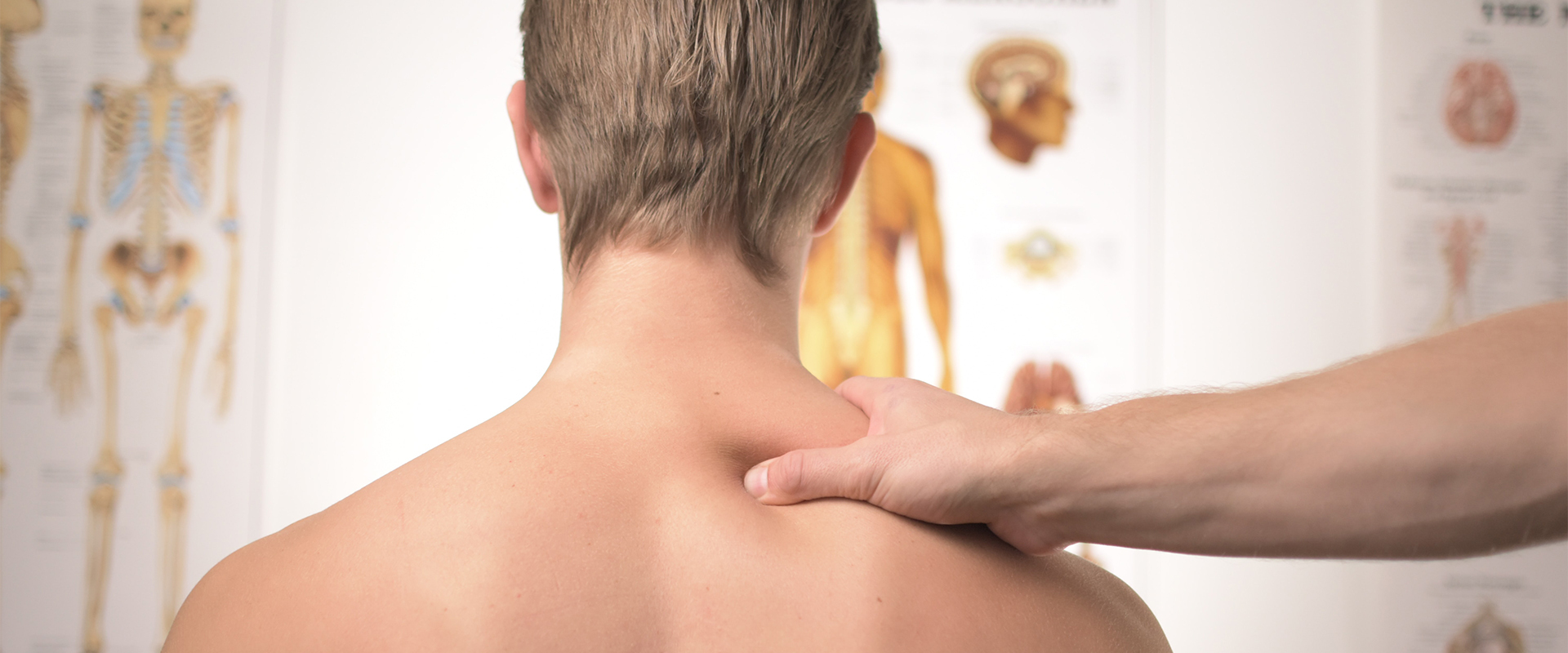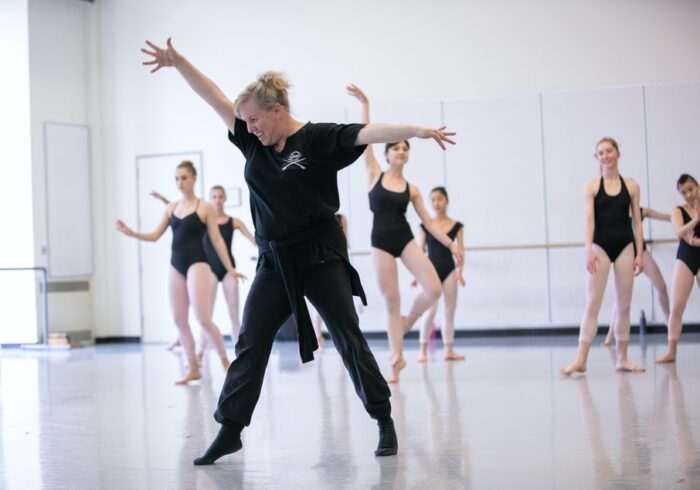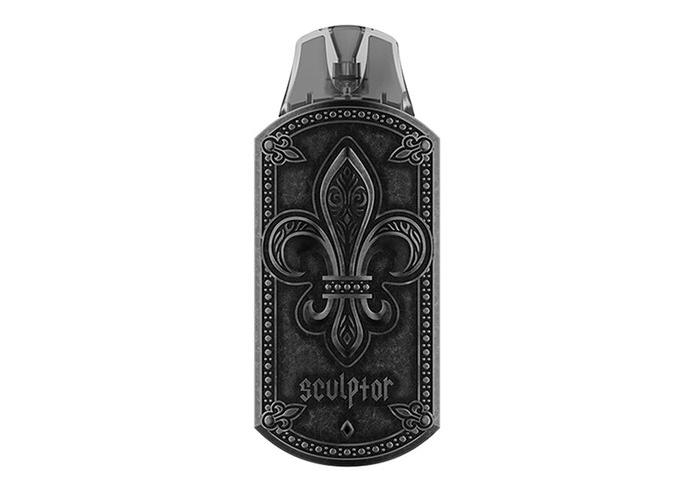Playgrounds are a hub of joy and excitement for children, providing opportunities for fun, physical activity, and social interaction. However, along with the laughter and play, there is a potential for accidents and injuries. Childhood orthopedic injuries, such as fractures, sprains, and strains, are not uncommon on playgrounds. As parents, caregivers, and communities, it is essential to prioritize playground safety to prevent these injuries and ensure children can enjoy their playtime safely. Find here the best orthopedic specialist Dubai.
Age- appropriate playgrounds:
Children of different ages have varying levels of physical development and coordination. Designing and maintaining age-appropriate playgrounds help reduce the risk of injuries. Separate play areas for younger and older children can prevent accidental collisions and provide suitable equipment for their developmental stage.
Impact- absorbing surfaces:
Installing impact-absorbing surfaces, such as rubber mulch, sand, or rubber mats, under and around playground equipment is crucial for cushioning falls. These surfaces help reduce the impact of a fall, decreasing the risk of severe injuries.
Regular inspections and maintenance:
Regular inspections and maintenance of playground equipment are essential to identify potential hazards and repair or replace damaged or worn-out components promptly. Loose bolts, sharp edges, and broken pieces can lead to accidents and must be addressed immediately.
Properly installed equipment:
Playground equipment should be installed according to manufacturer guidelines and safety standards. Proper anchoring of structures and ensuring the right spacing between elements can prevent tipping or entrapment hazards.
Supervision:
Adult supervision on the playground is vital, especially for younger children. Caregivers should actively watch children, ensuring they use the equipment safely and engage in appropriate play behaviors.
Encourage safe play:
Teaching children safe play habits can significantly reduce the risk of injuries. Educate them about using equipment as intended, avoiding rough play, and being mindful of other children on the playground.
Dressing for play:
Proper attire can also contribute to playground safety. Encourage children to wear closed-toe shoes with good traction and avoid loose clothing that could get caught in equipment.
Sun protection:
Playgrounds often expose children to direct sunlight. Ensure they are protected with sunscreen, hats, and sunglasses to prevent sunburn and heat-related illnesses.
Hydration:
Staying hydrated is crucial, especially during warm weather or active play. Provide children with water breaks to keep them refreshed and energized.






